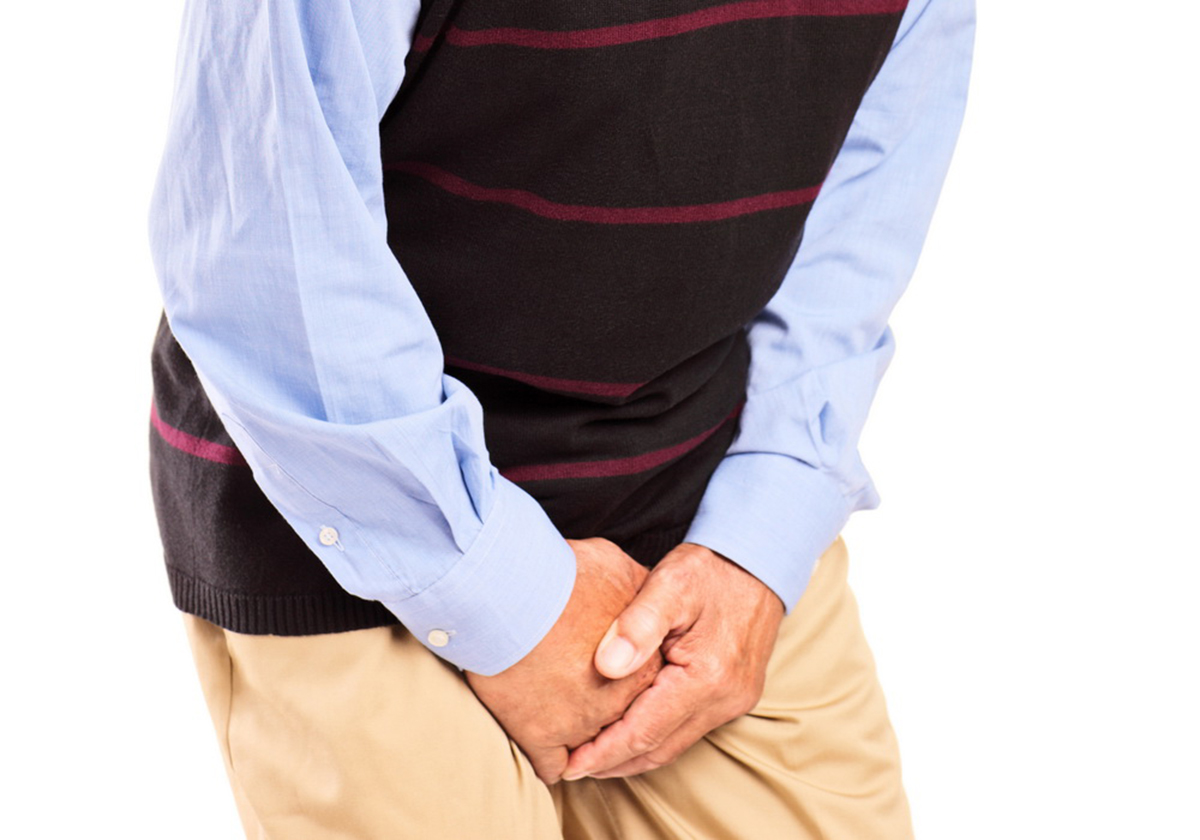Table of Contents
Even with the best modern treatment, over 50% of bladder cancers return within 5 years. With timely intervention, people are able to beat bladder cancer over and over again, but nutritional interventions can extend remission and prolong healthy life.

Fighting bladder cancer with nutrition doesn't require strange foods, difficult diets, or expensive supplements.
And the basics of eating right to achieve remission from bladder cancer couldn't be simpler:
- Drink at least 5 cups (1.2 liters) of water every day. You don't have to drink so much water that you begin to slosh to reduce the burden of toxic chemicals that initiate and perpetuate bladder cancer. A mere 5 cups of water, in one study, was enough to make a measurable difference, and drinking more than 5 cups of water daily, in and of itself, offers no additional benefits. The important thing is not to become so dehydrated that chemicals from the environment stay in constant contact with the lining of the bladder. Flushing the chemicals away reduces the burden on bladder cell DNA.
- Keep your urine as alkaline as possible. Alkaline urine causes heavy metals and toxic residues from agricultural chemicals to precipitate into crystals that flow out of the body with the flow of urine. Acidic urine keeps heavy metals and agricultural chemicals in solution so they can be absorbed back into the body. To alkalize your urine, eat more green leafy vegetables and fruit, and less red meat, cheese, and smoked fish. The objective isn't to alkalize your bloodstream--your kidneys take care of that automatically--but to keep the amount of acidifying urine your kidneys release from the breakdown or excess protein to a minimum. Some protein in your diet is necessary. Lots of protein just causes the excess to be turned into acidic urea and sugar.
- Eating some meat, cheese, and fish is still an option even if you have had bladder cancer. It is excess protein that is the problem.
- Eat cabbage family vegetables such as cabbage, broccoli, Brussels sprouts, turnip greens, kohlrabi, mizuna, and watercress. Particularly when they are prepared by steaming, they provide cancer-fighting isothiocyanates. These cabbage family plant compounds combine with the antioxidants N-acetylcysteine and glutathione to form compounds that go quickly to the bladder, where they protect DNA from damage by toxic chemicals and inflammation released by dying cells. Because these vegetables also contain goitrogens that can interfere with the thyroid gland's absorption of iodine when they are eaten raw, it is best to eat them cooked.
- Sauerkraut contains isothiocyanates that fight caner, but it also contains sulfur compounds that fight bladder infections, especially those caused by Listeria bacteria.
See Also: Bladder Cancer Treatment: Conventional and Alternative Medicine
- If you are not currently a smoker, eating red, yellow, and orange vegetables that contain beta-carotene, alpha-carotene, lycopene, lutein, and cryptoxanthin provides your body with the basic building blocks that it can use to make the antioxidants it needs to keep bladder cells healthy. If you smoke, however, eating excesses of these vegetables paradoxically may increase DNA damage, due to an interaction of the antioxidants in the vegetables and certain chemicals from cigarette smoke.
-
Essiac tea is an herbal remedy that has been promoted as a complementary treatment for cancer, including bladder cancer. It is typically made from a blend of herbs, including burdock root, sheep sorrel, slippery elm bark, and Indian rhubarb root. Proponents of Essiac tea claim that it has various health benefits, including potential anti-cancer properties.
- Munbauhal G, Drouin SJ, Mozer P, Colin P, Phé V, Cussenot O, Rouprêt M. Malnourishment in bladder cancer and the role for immunonutrition at the time of cystectomy: an overview for urologists.BJU Int. 2013 Oct 29. doi: 10.1111/bju.12529. [Epub ahead of print].
- Photo by shutterstock.com
- Photo courtesy of Luis Miguel Bugallo Sánchez by Wikimedia Commons : el.wikipedia.org/wiki/%CE%A3%CE%BA%CF%8C%CF%81%CE%B4%CE%BF#mediaviewer/%CE%91%CF%81%CF%87%CE%B5%CE%AF%CE%BF:Allium_sativum._Restra_de_allos_de_Oroso-_Galiza.jpg


Your thoughts on this